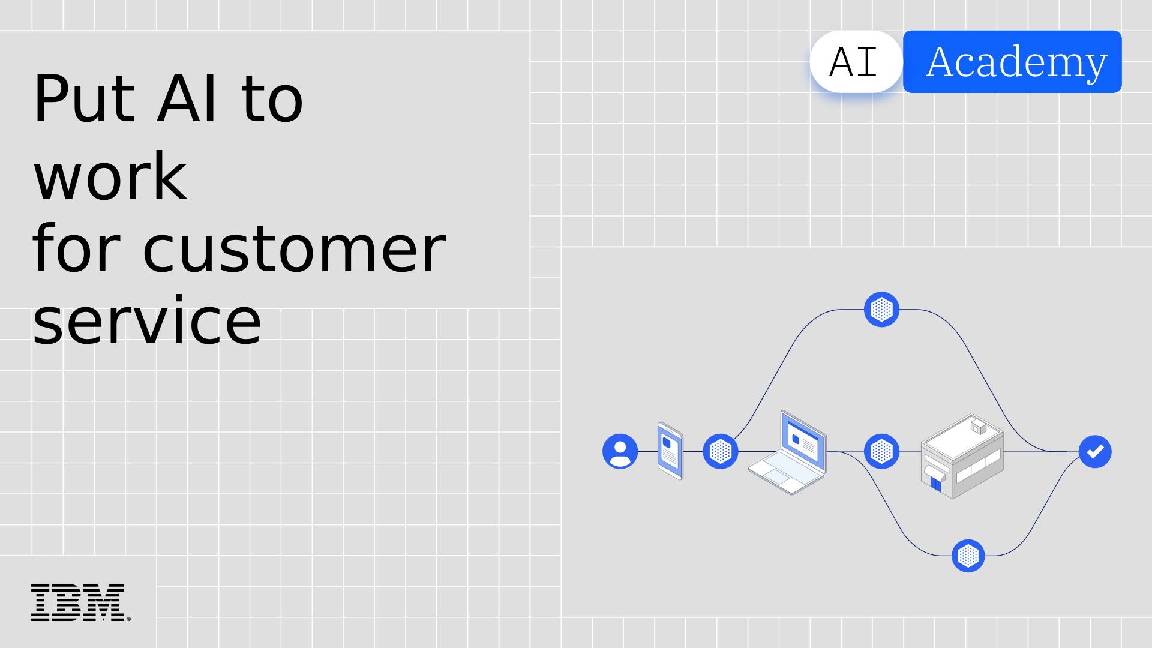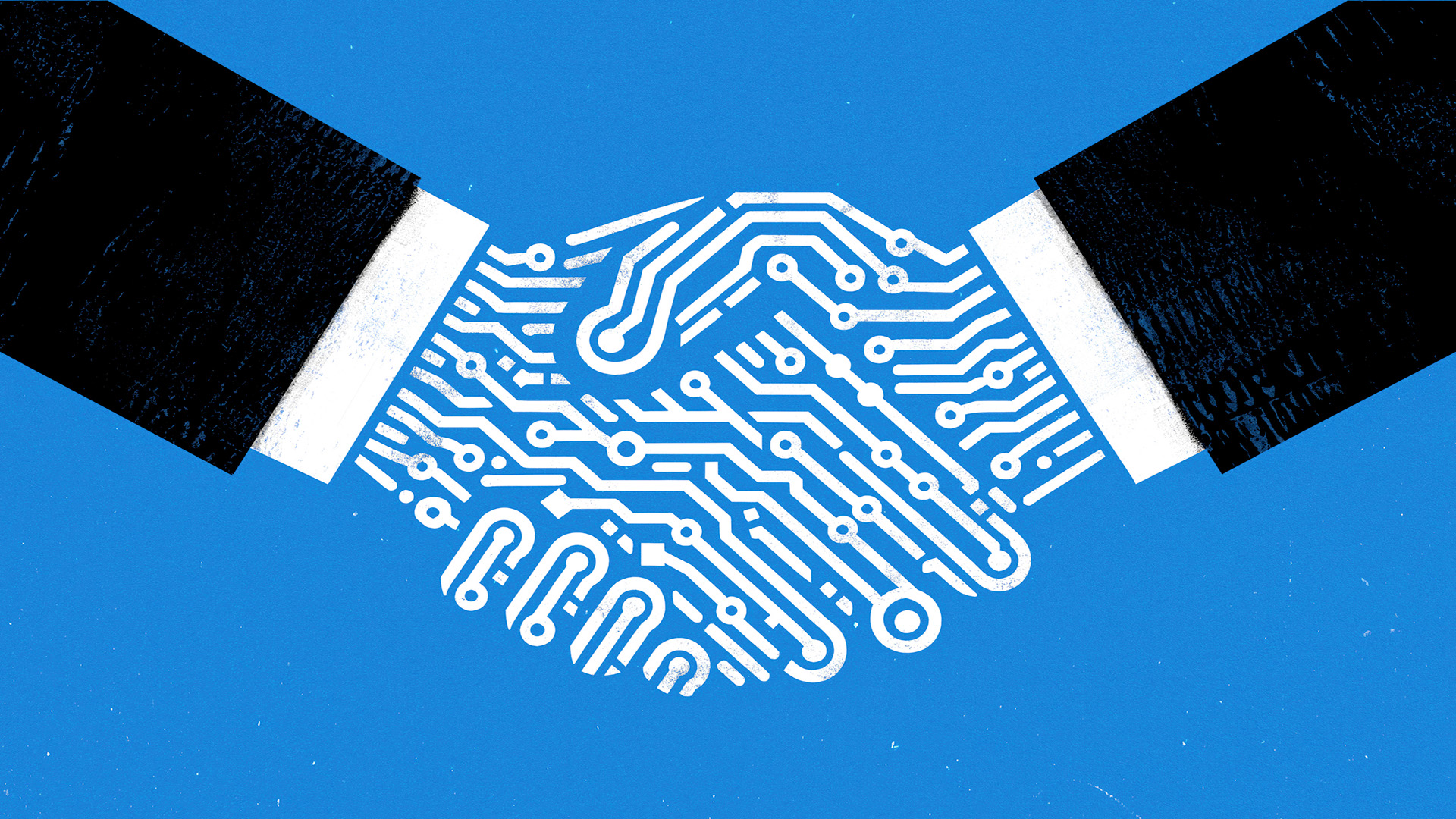Why enabling employee choice is a growing opportunity for the channel
Employee choice on workplace devices can unlock marked benefits for businesses - and channel partners have a critical role to play in smoothing transitions


As a result of Covid, we have seen a dramatic rise in transformative flexibility in the workplace. And while the 9-5 office is still a mainstay, it’s far more likely that personnel will be able to choose flexible hours and remote or hybrid working.
As other elements of work have become more flexible, the ability to offer employee choice on work devices is an increasingly useful competitive advantage. However, whilst firms may be open to the idea, successful implementation remains unexpectedly difficult for them.
Ultimately, channel partners can play an important role in making employee choice possible and ensuring a smooth transition.
What is employee choice and why is it valuable?
Employee choice generally means allowing employees to use their preferred technology, that they are most familiar and comfortable with and therefore most productive using.
Many surveys in recent years have indicated that employees favor Mac over Windows PC if given the choice. iPhones have become commonplace as corporate phones, and the rise of Mac adoption is also evident in the modern workplace, no longer restricted to executive roles or specialist functions like design.

It’s been an increasingly prominent trend in recent years, but really came under the spotlight when IBM announced it would be implementing the policy in 2015. The uptake of the Mac@IBM program demonstrated lower cost of ownership vs Windows PCs, plus a notable improvement in employee engagement scores and IBM’s ability to attract and retain talent.
Employee choice is especially valuable when it comes to attracting and retaining talent, particularly younger workers. We’re seeing more students coming out of university only having used iPhones, iPads and Macs during their studies. Then they walk into an employer that hands them an unfamiliar PC with a Windows OS, and no other option.
Stay up to date with the latest Channel industry news and analysis with our twice-weekly newsletter
If an organization is promoting a policy of letting employees use whatever they prefer, it’s very likely to attract top talent away from less flexible rivals. Research conducted by Jamf found that 70% of workers would be more likely to join a company that offered a choice in tech, and 75% would be more likely to stay.
With more organizations realizing the competitive advantages of employee choice, there’s a growing opportunity for channel partners. Those with the right portfolio and knowledge can take on long-term projects with recurring revenue and build their reputations as trusted advisers.
What are the barriers to implementing employee choice?
So why is employee choice such a challenge for many organizations? There are both cultural and technical issues to tackle.
On the cultural side, there is often a misapprehension that Apple products are largely consumer tech and aren’t suitable for the corporate environment. This is an outdated view that doesn’t reflect the state of modern Apple devices. Indeed, our research found that workers able to choose Apple often saw benefits in productivity and creativity.

Alongside business and IT heads reluctant to sign off on devices they mistakenly perceive as cost prohibitive or unsupportable, bringing in Apple endpoints also introduces some technical hurdles for those only used to dealing with Windows. We see this as a great opportunity for channel partners to provide the technical support, knowledge and services to help.
One challenge that still exists in some organizations is the use of legacy, or even homegrown applications. This can hamper the use of modern or non-Windows Operating Systems and also represent a security threat.
So, partners have an opportunity to work with customers to modernize the applications they use, as a side benefit of introducing employee choice within an organization.
This process of kickstarting modernization can also usher in a new wave of software purchasing along with new hardware.
More important than specific apps, Windows-centric IT and security teams may also not be familiar with best practices for provisioning Apple devices to meet the same corporate policies as the Windows devices they provide to employees.
The growing opportunity for channel partners
This is where the channel has a huge opportunity ahead of it. Being able to solve the problems around employee choice provides a powerful ‘in’ for engaging with new prospects and furthering the relationships with existing customers.

The prospect is perhaps not as compelling for partners that are more focused on hardware numbers, especially if they feel Windows provides more volume. But for those that earn their crust by selling their time rather than moving product, employee choice offers a long running professional services opportunity.
Partners can fulfill that all-important trusted advisor role by providing guidance on how a business can best pursue a more flexible approach. What pain points are around Windows-centric hardware and software? What policies will need to be altered or created? What tools will be needed to manage everything?
It’s also important to take a step back for a strategic view. What does the company want to achieve with employee choice? What involvement is required from other departments like HR as well as the expected IT and security teams?
RELATED RESOURCE

Discover how AI improves the customer service journey
DOWNLOAD NOW
A good partner will not only help answer these questions but have a portfolio with the right products and services at the ready too. The best approach is to bring in solutions that operate in a similar manner to familiar tools like 365 that help them perform identity, management and security in their Windows stack.
Successfully implementing employee choice will mean an organization has more opportunity and incentive to grow its tech stack. This means two bites of the cherry for channel partners, offering hardware and software sales, as they can connect customers with more endpoints and the software licenses to go with them.
Further down the line it also means more tech refreshes, all leading to a natural ARR growth curve.
By helping their customers stand out from their competition, partners will themselves standout in the channel.

Terry Abdul has been Manager of Channel Sales at Jamf since January 2021. He is responsible for channel leadership and developing a partner strategy within EMEIA. Before joining Jamf, Terry spent eight years at Apple
-
 How the partnership model can transform the channel
How the partnership model can transform the channelIndustry Insights Collaboration and a shared understanding and commitment to solving problems is key...
-
 How SMBs can DIY their IT implementation and support
How SMBs can DIY their IT implementation and supportFeature For some small and medium-sized businesses, the third-party expertise and support might be out of reach. What’s the alternative?
-
 What the fragmentation of UC means for the channel
What the fragmentation of UC means for the channelIndustry Insights If communications are becoming fragmented, what does that mean for MSPs and VARs?
-
 How the UK public sector could benefit from strategic channel partnerships
How the UK public sector could benefit from strategic channel partnershipsIndustry Insights Is the channel the answer to the growing cost vs budget problem facing the public sector?
-
 Keeper Security expands federal bench with latest senior hires
Keeper Security expands federal bench with latest senior hiresNews The security vendor has bolstered its federal team to support zero-trust access, operational execution, and government modernization efforts
-
 Why MSSPs must train smarter
Why MSSPs must train smarterIndustry Insights Upskilling is key for MSSPs to move from reactive monitoring to measurable risk reduction
-
 atNorth bolsters leadership bench with double appointment
atNorth bolsters leadership bench with double appointmentNews Tatu Tuominen has been named director of public affairs and communications, while Anne Helenius-Heir will serve as director of HSE
-
 Platform consolidation is the solution for MSPs’ growing pains
Platform consolidation is the solution for MSPs’ growing painsIndustry Insights As 2025 draws to a close, there's never been a better time for MSPs to rethink their tech structure

